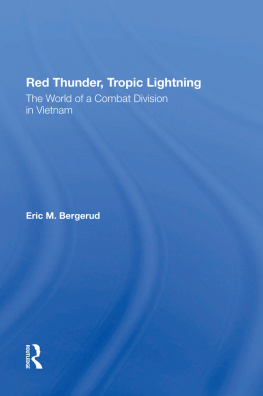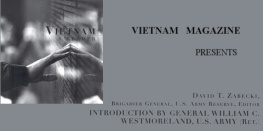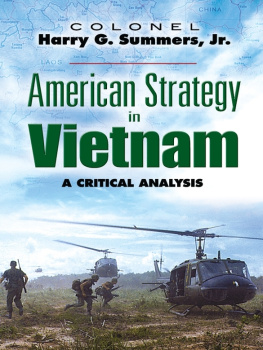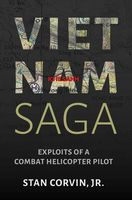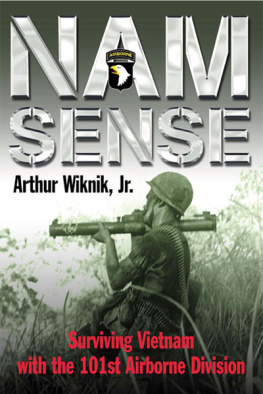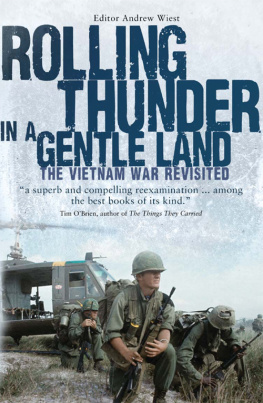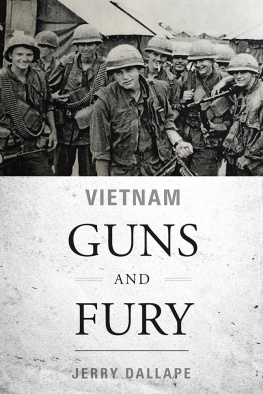Photographs are reprinted with permission of photographers C. W. Bowman, Bradford D. Bromley (courtesy Gary Silva), R. F. Broyles, Dale Canter, Todd Dexter, Thomas A. Giltner, Jerry A. Headley, Jerry A. Liucci, William E. Noyes, Gerry S. Schooler, and Morgan J. Sincock.
First published 1993 by Westview Press
Published 2019 by Routledge
52 Vanderbilt Avenue, New York, NY 10017
2 Park Square, Milton Park, Abingdon, Oxon OX14 4RN
Routledge is an imprint of the Taylor & Francis Group, an informa business
Copyright 1993 by Taylor & Francis
All rights reserved. No part of this book may be reprinted or reproduced or utilised in any form or by any electronic, mechanical, or other means, now known or hereafter invented, including photocopying and recording, or in any information storage or retrieval system, without permission in writing from the publishers.
Notice:
Product or corporate names may be trademarks or registered trademarks, and are used only for identification and explanation without intent to infringe.
Library of Congress Cataloging-in-Publication Data
Bergerud, Eric M.
Red thunder, tropic lightning: the world of a combat division in
Vietnam / Eric M. Bergerud.
p. cm.
ISBN 0-8133-1128-4
1. Vietnamese Conflict, 19611975United States. 2. United
States. Army Infantry Division, 25th. I. Title.
DS558.B463 1993
959.704'34dc20 92-30656
CIP
ISBN 13: 978-0-367-28529-6 (hbk)
THIS BOOK EXAMINES the world confronted by the men of an American combat division during the Vietnam War. Although the unit in question is the 25th Infantry Division, this is not a unit history or standard military chronology. Instead, I try to view all of the major parts of the soldiers' worldincluding subjects as diverse as climate, living conditions, deadly combat, and morale. The world inhabited by the soldiers of the 25th Division was not theirs alone; the men and women who served with other frontline units in Vietnam will immediately recognize the major landmarks. Using the 25th Division as a focal point, I hope to help the people of today better understand what the Vietnam War was like in fact, not fiction.
This work is based on a variety of sources. The documentary foundations come from a great number of 25th Division records generated during the war, the most important of which are the large quarterly Division reports. They, in turn, are complemented by the quarterly reports that came from II Field Force, Vietnam, the Army headquarters for the units operating in the provinces near Saigon. The Center of Military History, Department of the Army, provided these documents to me while I was doing research on the village war in a Vietnamese province. I used this research to write The Dynamics of Defeat: The Vietnam War in Hau Nghia Province (Westview Press, 1991), which deals with the political and military struggle waged by both sides in an important part of the 25th Division's area of operations.
The most important resource is a collection of tapes and correspondence from veterans of the 25th Division. But tape transcriptions and informal correspondence rarely take a form that readers are used to seeing in print: People do not speak the way they write. In addition, the context for events described was often developed through very lengthy narratives. If some of the quotes appear long, bear in mind that I transcribed several tapes that were over four hours in length. Consequently, I did edit the transcriptions. I also arranged sentences so they followed a clear chronology. I did not indicate where one part of the transcription ended and another commenced; had I done so, the responses would have been covered with ellipses (...) and much harder to follow. And though I changed a few terms so the lay reader would understand what was described, I was extremely careful not to alter the meaning of any person's account. Overall, the majority of the accounts are very nearly true transcriptions: I made few, if any, changes in the words used, though I did alter grammatical forms that sound perfectly fine but look like errors on paper. Rather than employing footnotes, I have injected a small number of comments explaining points that might not be clear to the reader (comments are found within brackets followed by my initials [EMB]). If most accounts appear well put, that reflects the intelligence and sensitivity of the respondents.
Although the matter never came up, I would not have accepted anonymous accounts. Any author who contends that men and women who served in Southeast Asia will not discuss Vietnam publicly is dishonest. I did, however, alter many accounts myself. When men described the deaths or injuries of comrades, I deleted the names of the victims, and I omitted names in any descriptions of embarrassing or tragic episodes. Details like this could only hurt people and would do nothing for the story I present in these pages. In any case, all the tapes and letters that were used in this research are in the public record. For the moment they are in my possession, but I hope they will find a permanent home where they can help other students of the war. Only a small percentage of the accounts I compiled appear in this book, yet they encompass a broad range of issues concerning Vietnam. In a genuine way, I am privileged because I was able to listen to these accounts. I have tried to do them justice, but the intense feeling and sheer power of the voice cannot be duplicated.
I must deal with the accuracy of accounts given twenty years after the fact. No doubt, time has eroded some of the details and thrown a fog around some chronology. Remarkably, however, I do not think this happened very often. In this regard, possessing the 25th Division's documentation was invaluable. When men remembered the exact date of an action, it appeared in the records every time. Furthermore, between the records and a large body of oral evidence, I became fairly well immunized from outright falsehood. I am a trained researcher and skeptic, but only on a handful of occasions did I decide someone was creating fantasy. Perhaps some of the details are wrong. On the other hand, war is extraordinarily intense, and it etches some moments deeply in the mind.
Twenty years is not too long a time to try to put the war into perspective. I have seen hundreds of letters written by young soldiers during the war, but though they are very interesting, they reveal an unavoidable lack of mature judgment. If time is an enemy in the realm of detail, it is a friend in the more important area of context. Twenty years ago, the men and women I interviewed could have perhaps done better at describing what happened; today, however, they have a much better idea of why things happened. That is a trade well worth making.
Inevitably, I have made errors somewhere. Nevertheless, I sincerely believe that this volume is based on the most honest historical data I have ever used. The motivation of the respondents is beyond reproach: There is no financial gain involved, none has a public reputation to rescue from critics, and no respondents attempted to glorify themselves. They want to teach, and they want the truth about Vietnam as they saw it to be known. Few researchers are as lucky as I have been.

